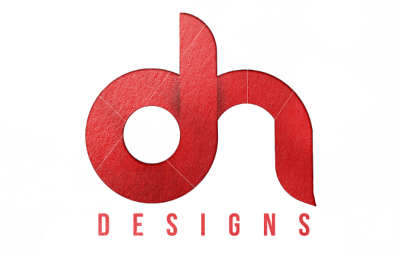What is a label design?
Label design is the process of producing labels for various goods or commodities that are both aesthetically pleasing and informational. A product’s name, ingredients, nutritional information, usage guidelines, branding, and other pertinent information are frequently included on labels.
In order to develop a visually appealing and effective label that successfully delivers the desired message to the target audience, label designing requires mixing graphic design components, font, colours, pictures, and layout. The design need to be appealing, readable, and consistent with the brand’s visual identity.
What is the goal of label designing?
The objective of label design is to produce a label that not only attracts attention but also effectively and succinctly communicates the relevant information. It necessitates taking into account the product’s function, target market, legal requirements, and any applicable design standards or rules.
In order to ensure that the label shines out on the box and provides all the required information in an orderly and aesthetically pleasing manner, DN Designs strikes a balance between aesthetics and usefulness. As they work closely with the product makers or brand owners to comprehend their needs and incorporate them into the design, they may employ graphic design software and tools to develop the label design.
Read More: Packaging Design for Luxury Brands: Creating a Premium and Exquisite Look
How to Create Eye-Catching Food Packaging Labels Design?
In order to produce an eye-catching and educational design, several factors must be taken into account while designing food packaging labels design.
You may get started by following these steps:
Branding and Visual Identity:
Make sure the label design complements your brand’s visual identity, which should include its logo, colours, font, and general style. Consumers are more likely to recognise and relate to your items when your branding is consistent.
Typefaces:
Pick readable typefaces that go well with your brand and are simple to read at different label sizes. To emphasise crucial elements, think about utilising several font types (such as bold and italic). Make sure the text is neither crammed or too tiny.
Colors and Imagery:
Choose colours and imagery that are consistent with your brand identity and that create the intended feelings. If the product or its contents are represented by mouthwatering culinary photos, graphics, or illustrations, you could want to include them. Just be careful that they don’t obscure the key text components.
Clear and Concise Language:
To successfully communicate information, use clear, concise language. Use language that is simple to grasp for the intended audience and stay away from jargon. Remember any regional language restrictions or laws that may apply.
Use Icons and Symbols:
Include icons or symbols to effectively and rapidly convey information. Use dietary symbols to show compatibility for certain dietary needs, or use icons to represent common allergies.
Legal Compliance:
Make sure your food packaging labels design conforms with all applicable laws and standards for food labelling in your target market. The display of nutritional data, allergies, and any required statements must all be accurate and unambiguous.
Test and Iterate:
Before finalizing the food packaging labels design, consider conducting consumer testing or gathering feedback from a focus group to ensure that the design effectively communicates the intended message and resonates with your target audience.
Printing Considerations:
Keep in mind the printing procedure and the food packaging labels design materials during printing. To guarantee correct colour reproduction, use a competent printer, and choose label materials that are suitable for the package.
Keep in mind that the design should not only be visually appealing but should also effectively communicate vital information to customers. A successful food packaging labels design must strike a balance between form and function.
Read Similar Topics: Why a Rebranding is important for our business: Rebranding definition







